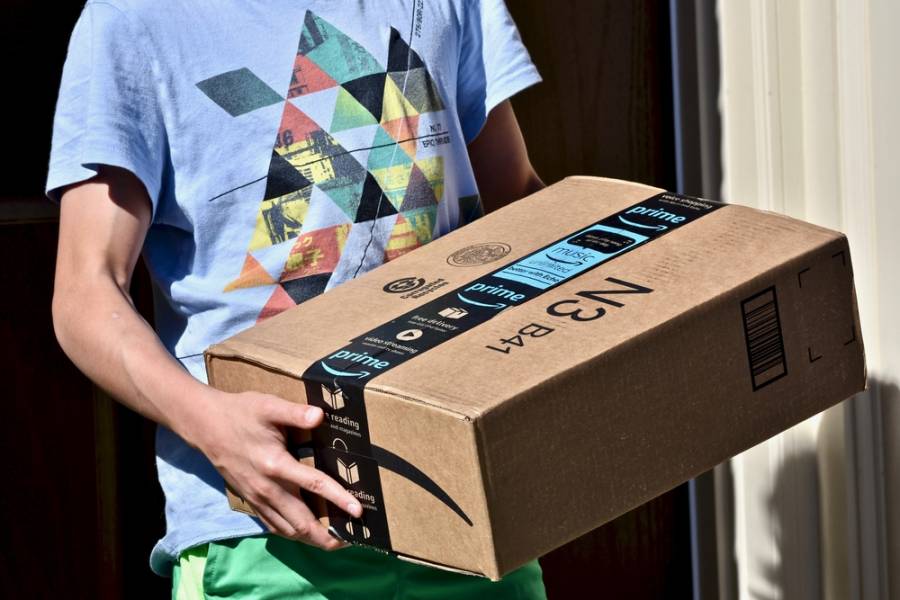
- Productos
- Precios
- Empresa
- Casos de éxito
- Programa de revendedores
What are the fundamental reasons to target high search volume keywords on Amazon?
It is a well-known fact that Amazon searches have the high intent to purchase. So, everything you need is to select the high-volume search terms for your products. It is also vital to know what keywords are relevant to your business when you are setting your Amazon advertising campaign. Bidding on the right search terms will not only improve your sales rank on an organic listing but also ultimately influence your product sales.
Keyword research is not an easy task to do. It is a time-consuming process that requires specific experience and clear market understanding. Fortunately, you do not need to do it manually. There are a lot of professional online research tools that have big databases. However, it can be a tricky part to figure out what the best tools are for keyword harvesting. Different tools provide different research data, and you need to make your choice based on your business needs and purposes.
Many of keyword research tools are great, but far from all can provide you with the row data require to make educated bidding and strategy decision. That is why if you want to show your products exactly in front of your potential customers, you need to utilize special software like the Search Term Report for Sponsored Products. Other keyword research tools can also be valuable, but you need to use them as the complementary tools.

Ways to find high search volume keywords using Amazon Search Term Report
Organize your catalog campaign
At the initial stage of your keyword research procedure, you need to set up a general catalog campaign in Sponsored Products. Here you can begin deciding what terms your potential customers are using in their search to find your products.
The primary goal of Amazon keyword research campaign is to find search terms used by customers to find your stuff. You need to discover these words and bid on them.
To find Search Term Report, you need to open Seller Central, and then go to advertising reports. Search Term Report provides Amazon merchants with data including click on rate, sales, impressions, etc. Moreover, it indicates the exact product SKU associated with a specific search term. These data are precious for launching an advertising campaign on Amazon.
However, according to the recent Amazon update, the Search Term Report no longer identifies which product is associated with the search term. With this update, Amazon leaves a lot of advertisers in the dark.
There is a right way out. You can structure your advertising campaign differently. You can build your campaign with structure with only one SKU per ad group. Using this strategy, you can attribute the success of the selected search term.

Generate relevant search terms
To gain the most relevant and accurate data, you should run your campaign at least one weak. This time is enough to obtain educated keyword selection. Once you have gathered all required data, it is time to select high search volume Amazon keywords to build out in your manual advertising campaign.
To narrow down your list, you need to analyze the obtained raw data and filter it through an excel sheet. This report will include the variety of different metrics. However, your particular attention should be paid to order numbers (the number of converted orders per SKU), product sales (the total number of product sales per search term), clicks (the total number of clicks per search term).
Your particular attention should be paid to advanced keyword match types. Here you will find data about those keyword match types that allow merchants to decide which customer search terms their ads may be eligible to show against. Here sellers can exact particular match types. Be aware that broad match or high-volume Amazon keywords will give you the most traffic exposure, while the exact match phrases will restrict traffic to a more precise target audience.
Three basic keyword match types include:
- Broad match
It provides ads broad traffic exposure. You will match customer’s search term if it contains all keyword terms or their synonyms. It includes keywords or synonyms of any types.
- Phrase match
The user query should contain the exact phrase or sequence of words you target. This kind of match is more restrictive than broad and result in more relevant placements for your ad.
- Exact match
The consumer’s search term must exactly match your targeted keyword for the ad to be displayed. It may also match close variations of the exact term.

Set up your manual Amazon campaign
Now you have a list of the TOP high-volume Amazon keywords that are highly relevant to your business. It means that you are ready to build a manual campaign by adding the SKU to bid on each keyword.
You should start with at least 25 to 40 search terms. It is not reasonable to start with a large number of keywords as everything can run out of your control. Moreover, if you are using more than 50 keywords for your ad campaign, many of them will appear inefficient.
You also don’t want too few search terms as you are not going to generate enough volume. So, as the experience shows, up to 40 search terms per one advertising campaign is more than enough.
Moreover, you need to be aware that Amazon takes into account numerous aspects when running your Sponsored Product Ads. Even though the specific keyword may be relevant to your product, they are also looking at sales history, velocity, reviews, etc.
Bidding based on ACoS
Advertising cost of sale is another metric you should take into account launching your Amazon advertising campaign. On this stage, you need to determine which search terms are driving clicks, what your cost of sale goals are what that acceptable threshold is.
Most sellers prefer ACoS 20% to 25%. However, as a rule, this percent depends on the company's goal.
Another metric you should consider developing your Amazon advertising campaign is an average cost per click for each keyword term. If the average CPC for your targeted keyword is high, you might want to lower this rank; and vice versa if you find a search term with a low ACoS, you may want to raise your bid to increase sales and traffic flow to your product page.
Categories

Post a comment